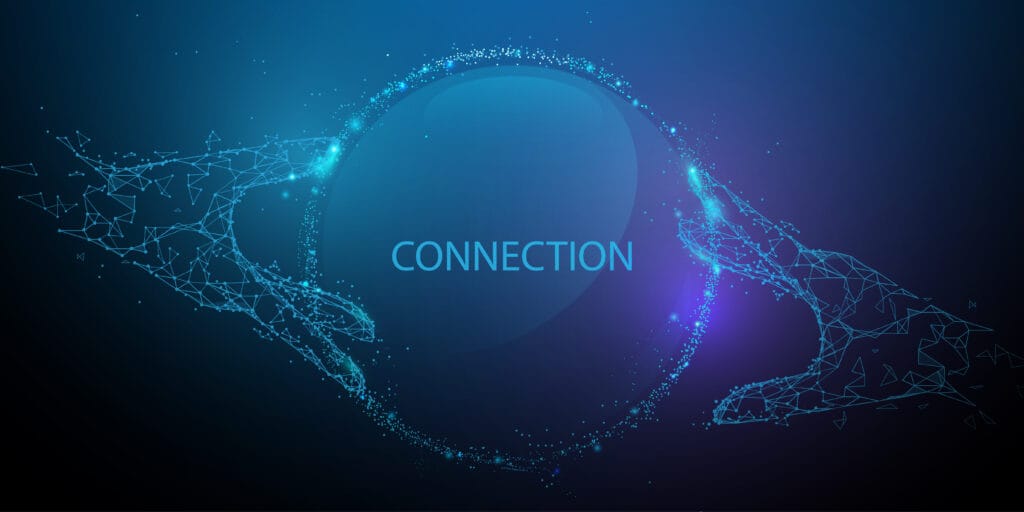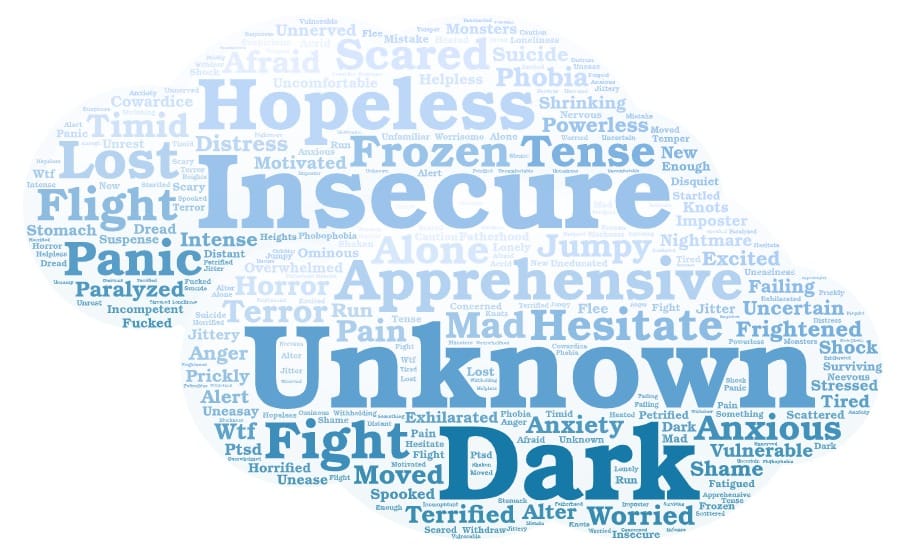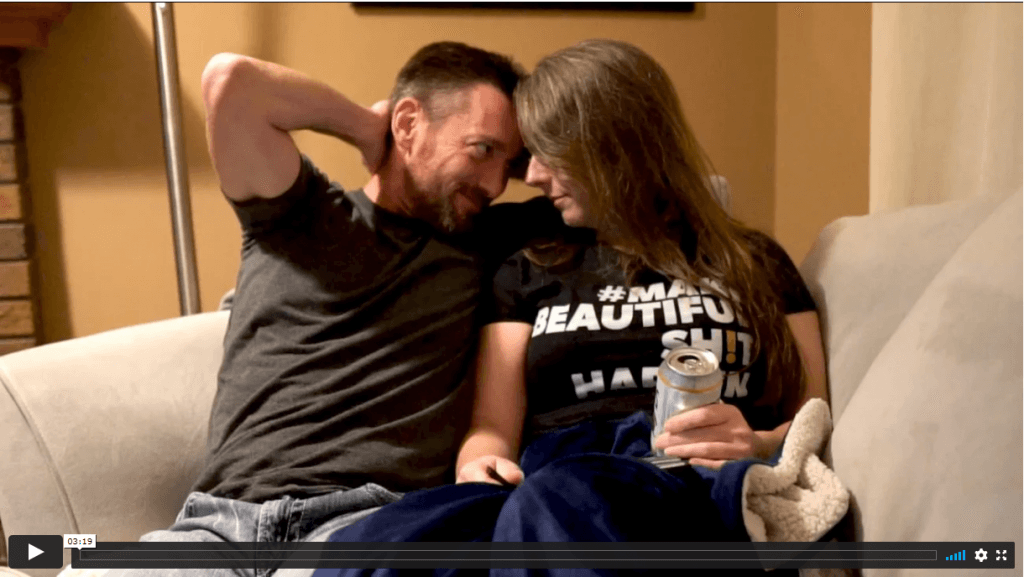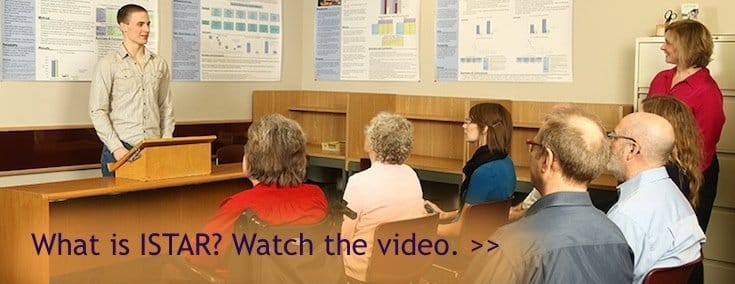What the Heck Does Emotional Connection Even Mean?

Language is powerful, it is important to get it right. I spend much time discussing the importance of Emotional Connection, particularly for men, and its impact on leadership, peak performance, and mental health. I share practices that I have found helpful in my journey, but I have not spent much time discussing what Emotional Connection […]
The Importance of Emotional Granularity for Men

As men, we have had emotions conditioned out of us for most of our lives. The constant refrain from other men to “Suck it up” and “Be tough. Be Strong.” Any show of emotion other than anger is considered a weakness. Many men adhere to this paradigm with the refrain that they don’t want to […]
Breaking Free from Negative Self-Talk: A Guide for Men

In a society where the stereotypical portrayal of masculinity encompasses stoicism and presenting an undaunted façade, addressing the issue of negative self-talk among men is rarely discussed. The truth is that in our quest to “Measure up” to real or perceived expectations ensnares many men in a spiral of negative inner dialogue. Tackling this issue […]
27 Year End Reflection Questions to Ask Your Partner

“Life is only a reflection of what we allow ourselves to see” It’s New Years Eve 2021 and tonight Michelle and I are going to one of our favourite brew pubs for beer and nachos. Something both of us enjoy more than fancy balls and cocktail parties. We’ve opted to keep it to the two […]
Is Time Confetti Ruining Your Life?

Focus seems to be an incredibly rare commodity these days. It is something I have struggled with most of my life. Do you remember the scene in the movie Up! In the scene, Dug the Dog introduces himself to the main characters and halfway through he stops, mid sentence, looks sharply to his left and […]
How to Set Boundaries

In my work I talk a lot about leading with empathy and compassion. I talk about the value of kindness, acceptance and love in leadership. These words can be mistaken for “soft” or “weak” and therefore some are hesitant to employ those qualities in a leadership role. This is only the case if we do not […]
Is Accountability the Secret Sauce to Productivity?

Productivity hacks, hustle culture and busy, busy, busy seem to be the prescription of the day. If you’ve followed me for any length of time you know I am not a fan of “busy”. As an executive coach who takes a very holistic view of those I work with, I am always looking to see […]
What Does “Stuck” Look Like (and how to get unstuck in life)

How to get unstuck in life As I sit here at my computer, with my Pomodoro Technique timer quietly counting down I sit staring at a blank computer screen. A list of a million different “things I could be doing” starts to form in my head. The procrastination monster is strong in this one my […]
Where You Sit Determines What You See

Her three year old son sat in the back seat of the car as she stopped at a traffic light. They liked to play word games while driving so she asked him what color the traffic light was. He replied “It’s green mommy! It’s green!” A little dismayed that her otherwise bright boy would misidentify […]
Everything is Sales: Simple sales tools for everybody, everywhere

Most people think sales is icky The truth is that sales is a part of everything we do. I love selling. I think it is one of the most underrated skills on the planet. Everything is sales and today I am going to tell you why you need to be a better salesperson. I’m also […]
How to Have a Respectful Conversation About the COVID Vaccine

He sat quietly, just looking at her. His head cocked, eyes wide with disbelief. In a pained voice filled with disgust “I cannot believe you did that” he said. “Of course I did!” she replied defensively. “I did it to protect all of us. It’s the right thing to do” Tears started to well up […]
How to support a partner who is struggling?
Yesterday after a keynote I delivered on Men, Mental Health and Imposter syndrome I was asked by a few people how to support a partner who is struggling with their mental health. My buddy Al Kehler and his wife Tanya do an amazing job of sharing their experience walking the road with Al’s mental health […]
ISTAR: Changing lives through communication

Last Friday I had the privilege of being invited to a luncheon for one of the charities that our company supports through our affiliation with REALTORS® Community Foundation. I have to admit I wasn’t quite sure what to expect but had been encouraged to attend. I was honestly expecting a fancy luncheon where they sold donors […]
The Power of The Follow UP Call

A couple of weeks ago my car broke down and was going to be out of commission for at least a week (don’t ask. That’s another blog post). I found myself in a position where I needed to rent a vehicle for at least a week. Since I broke down in Red Deer and needed […]
Thirteen years ago
Thirteen years ago today my life changed forever. While you often hear that having kids will change your life, I am not sure you ever really understand the full impact of that statement. Christopher you have made an enormous impact on my life and likely more than you will understand until you too have a […]